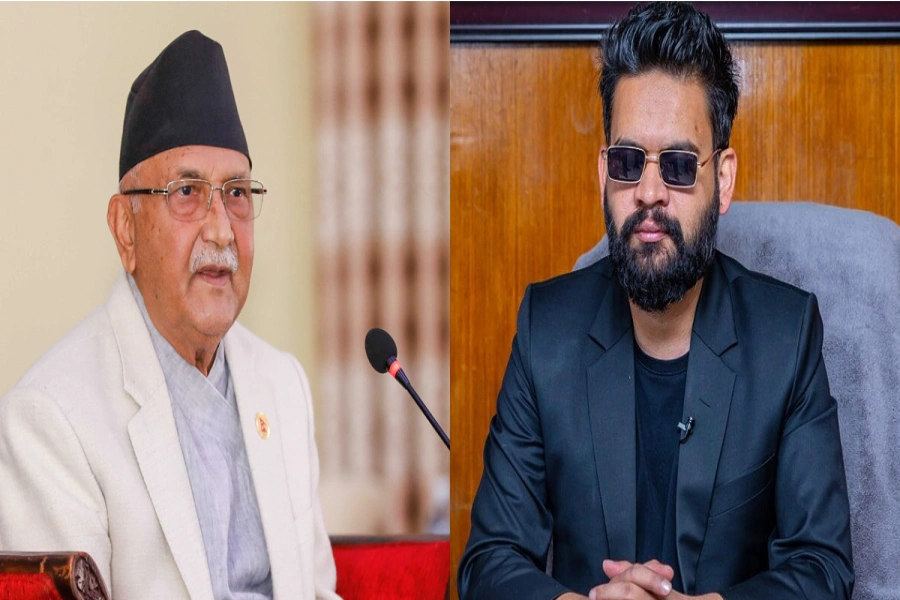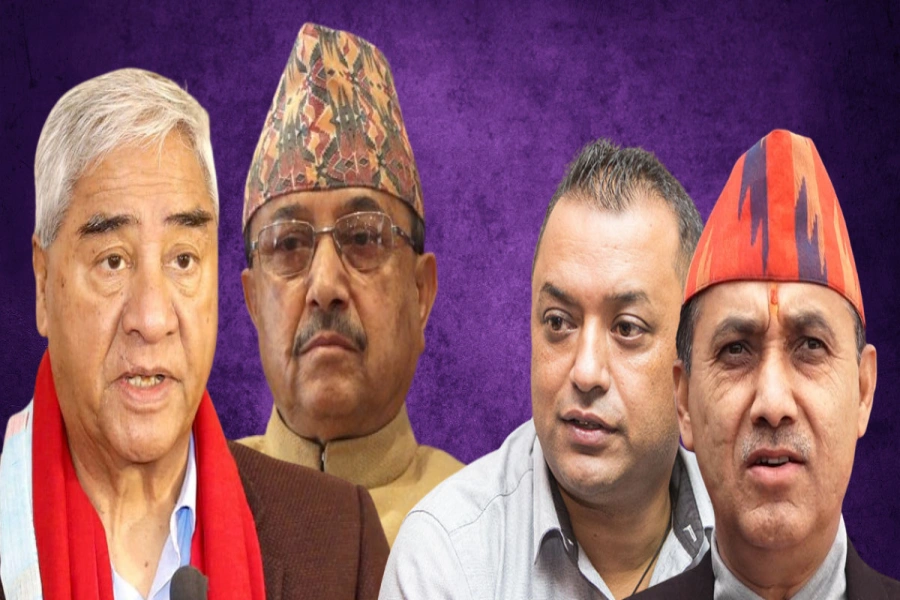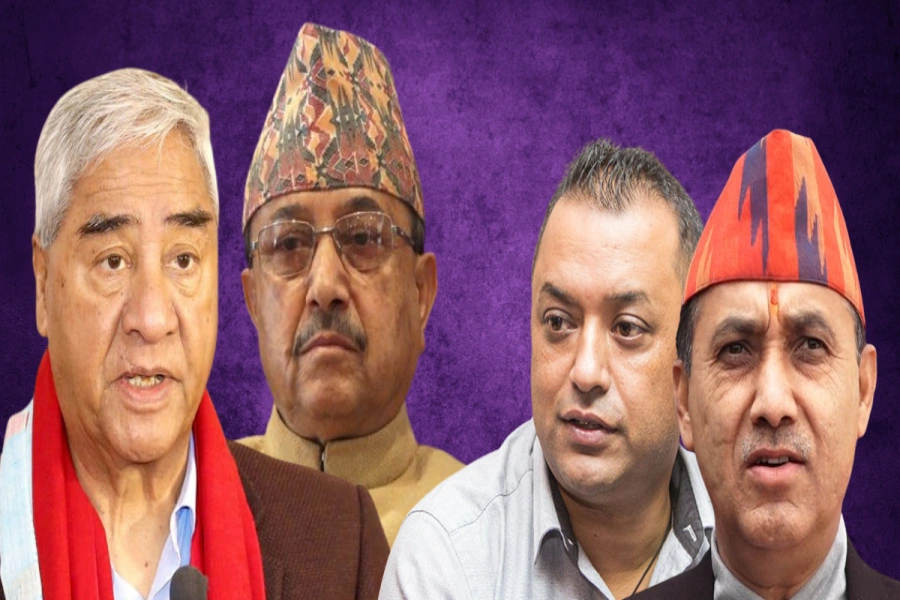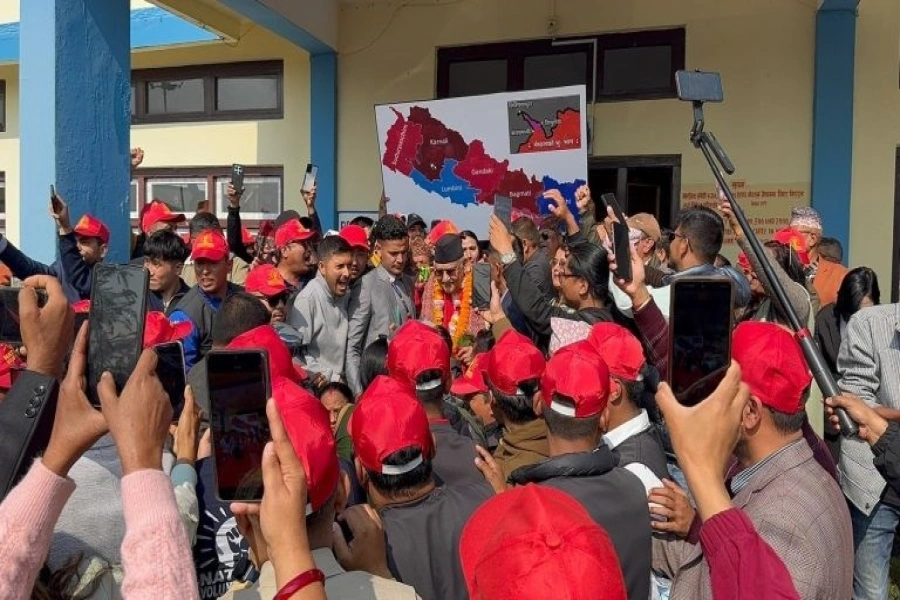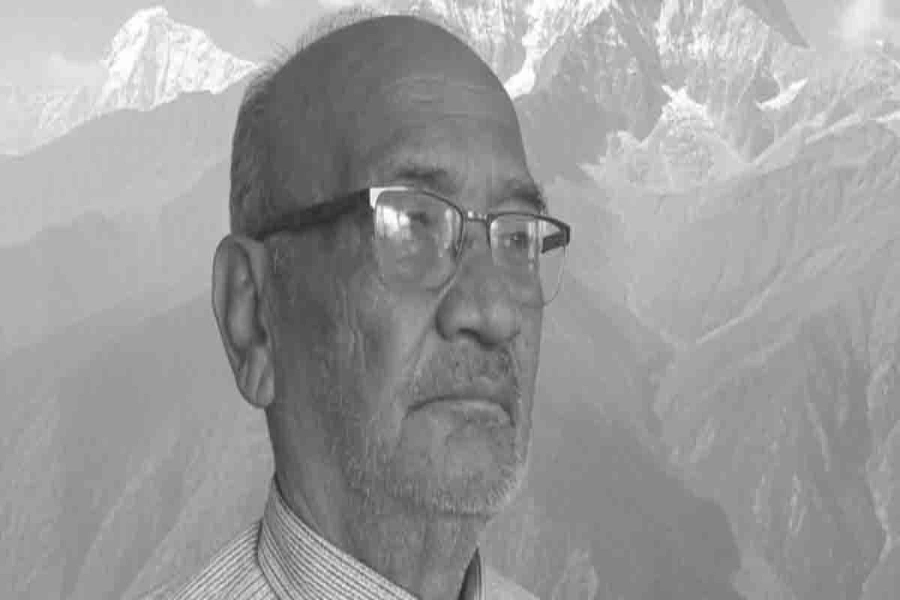Nepal’s 50 years of effort at distancing ties with India has come at the cost of hurting its economy and creating a hurdle to connect the country to the world outside
Situated between the two large neighbors—India and China—Nepal has always been concerned about its border security and that broadly has meant balancing its relations with both of these neighbors by playing a neutral role while dealing with them. Such a balancing role has worked very well in keeping the country’s borders safe and ensuring both its neighbors that Nepal has no intention of taking unilateral steps that make either of the neighbors doubt its neutrality. Over the years, Nepal has established itself as a neutral territory, taking or giving no special favors to either of the neighbors.
Isolation and opening
True to its intentions, Nepal has had very limited contacts with regions outside of Kathmandu Valley, the site of its capital throughout most of its history. Historically, almost all of its trade had been with India and Indian currency circulated freely all over the country. Hindi was the main language spoken in much of the lower plains adjoining India and, also it served as a medium of instruction. Generally, people were unaware of the government’s day-to-day operations since they depended on Indian newspapers and radio communications for news and commentaries that fully aligned them with India in a way that national politics mattered little or nothing to them. Government in Kathmandu seemed like a dim reality.
Nepal started opening up from the 1960s with ascendance of rule by King Mahendra who disbanded a popularly elected government in December 1960, accusing it of misrule citing a number of reasons but mainly that it failed to assert Nepal’s sovereignty in particular by aligning too closely with India. King Mahendra then moved aggressively to separate Nepal from India to make it look a truly different country. He moved to withdraw Indian currency from circulation, introduced Nepali language as the medium of instruction, suspended broadcasts by Radio Nepal in Hindi and started constructing a highway close to the Indian border to connect Nepal’s east with west without crisscrossing Indian territory. It established diplomatic and trade relations with countries beyond India, negotiated a border treaty with China and opened a trade link with it.
King Mahendra’s assertion of Nepal’s separate existence from India started a wave of nationalist feelings in the country that has continued through this day and, in fact, it has deepened to become a driving force for moving the country closer to China. The warming of Nepal’s relations with China opened the way for Nepal’s nascent communism to take roots in the country to become a nationwide movement. Over the years, the simmering border and trade disputes with India has turned Nepal into an elected communist stronghold that now looks difficult to challenge.
As Covid-19 cases soar, KUKL indifferent to social distancing

While the northward tilt of the country has helped it project a separate existence from India, this transformation has exacted enormous cost for the economy. The reason why this resourceful country is stuck at the bottom of the heap of world’s poorest countries is that it has chosen to barricade itself from economic influences of its neighbors. It remains unclear if the country has grasped the economic cost of pushing itself into a hole that, in large part, has meant it benefiting little from trade and investment opportunities that a global opening of the country would otherwise provide.
Cost of sovereignty
Nepal is known for its vast hydroelectricity potential which, however, it can’t harness in any big way with the given amount of capital, skill-level and technology. India can take up this job on generous terms as it has done with Bhutan but Nepal considers India’s involvement in any of the major projects as economic colonization—the same way it looks at Indian investment in Bhutan’s hydropower sector.
Nepal likes other countries and multilateral agencies like the World Bank to help develop the sector but nothing so far—over the past 50 years—has materialized and Nepal’s utilization of its hydro potential remains stuck at one to two percent of assessed capacity while Bhutan claims reaching one third of its capacity level, all of it made possible by Indian investment on favorable terms. China would likely be eager to make sizeable investment in Nepal, including in hydro, but wouldn’t do so in isolation for fear of India’s ire.
A similar roadblock is halting the country’s transport development to help connect its north-south corridors. China is reportedly eager to take this lead with railway link to Nepal’s south touching India but that will be unacceptable to India, given its defense concerns. Perhaps, India and China can agree to develop road as well as establish rail links connecting Nepal’s north-south border but, reportedly, Nepal will not approve of it and, instead, would like China to do it alone.
It’s a strange sort of diplomacy that Nepal has followed—especially with a communist government in power. It is reluctant to allow the country’s resourceful diaspora to make investment in the country but allows working population to migrate elsewhere. This has closed off all avenues for the economy to generate more than a basic level of growth, less than half the rates those occurring in India and China.
Fear of tax
A more powerful constraint on the conduct of efficient economic policy has emerged as regulations have piled up with the main intention of exacting high taxes on incomes and trade that virtually have erased incentives. Very few places in the world have 35 percent of individual income and corporate tax rates like existing in Nepal and taxes on international trade in excess of 100 percent is common on so-called luxury items.
Even on basic necessity items, the border tax rate including domestic VAT is close to 25 percent with few exemptions. Further, Nepal is one of the few countries in the world which taxes its own exports but that encourages partner countries to place a counter tax on the taxed product, further eroding profits and competitiveness.
Indeed, the zeal to tax everything keeps Nepal in the highest tax category, especially among the regional countries. Its tax-GDP ratio is 25 percent, compared with nine percent for Bangladesh, 14 percent for Bhutan, and 18 percent for India, as per IMF’s country report for most recent years. Not unsurprisingly, Nepal’s massive tax effort has contributed to its stalled economic growth rate that is lowest in the region.
The conclusion is that Nepal’s 50 years of effort at distancing ties with India has come at the cost of hurting its economy, and creating a hurdle to connect the country to world outside and benefit from global opportunities.
With a high tax regime and rigid regulations, international trade and investment flows have virtually dried up which, in particular, has crippled its manufacturing sector—an important source for the country to access new technology and exploit trading opportunities. Its vast investment over the years and decades has helped build the rudiments of infrastructure but this rarely has been focused on improving markets and trading volumes which, along with an unchanged production structure, has constrained the opportunities for specialization and the economies of scale.
The consequence of these economic hurdles has been that the core of the economy has got caught-up in a vicious circle of low productivity, stalled growth, and very little opportunities for making use of new technology. With all these constraints hobbling up the larger economy, any chance of exiting this mess would require a large dose of wisdom and high level of foresight, along with a resolve for nourishing an ailing economy to health. Such a retooling of the economy would require trustful relations with both China and India. This requires providing them with full access to the country’s economic resources and removing restrictions on investment and trade in an environment of making the country a tax-free zone.
The author worked as a Senior Economist at IMF in Washington DC
sshah1983@hotmail.com




